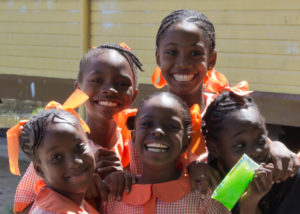 According to the U.N.’s human development index (HDI), in 2019, Niger’s HDI value stood at 0.394, placing the nation in the “low human development category” and positioning it at 189th out of 189 nations. The country had a per capita income of about $600 in 2021, a 35% literacy rate in 2018 and a population that is expected to triple in size by 2050. As education is a proven pathway out of poverty, Niger’s government is working with the Global Partnership for Education (GPE) to launch comprehensive education reforms to strengthen education in Niger.
According to the U.N.’s human development index (HDI), in 2019, Niger’s HDI value stood at 0.394, placing the nation in the “low human development category” and positioning it at 189th out of 189 nations. The country had a per capita income of about $600 in 2021, a 35% literacy rate in 2018 and a population that is expected to triple in size by 2050. As education is a proven pathway out of poverty, Niger’s government is working with the Global Partnership for Education (GPE) to launch comprehensive education reforms to strengthen education in Niger.
Barriers to Education in Niger
Despite substantial educational investments in Niger since 2012, enrollment remains low, according to UNICEF. While primary school enrollment (71%) has kept up with population growth, only 7% of children are enrolled in preschool.
The quality of education is also a significant issue in Niger as the country lacks qualified teaching professionals. In 2017, only one-third of educators had a sufficient level of teaching competency, according to UNICEF. Notably, only 20% of high school students successfully obtained their high school diplomas.
The lack of sufficient education facilities and staff impacts the most vulnerable groups the hardest, namely girls in rural areas. To facilitate universal education, teachers have to reach even the most remote areas to strengthen education in Niger. In 2017, the gross secondary school enrollment rate for girls in Niger stood at 21%, and for boys, this rate stood at 28%. Girls’ education is important because it leads to fewer child marriages and economic independence.
Through an informal education program, the most vulnerable children who have never received an education of any kind or have dropped out will be able to receive literacy training to develop their fundamental reading, writing and mathematics skills.
The Education and Training Sector Plan
Niger’s 2014-2024 education sector plan shows the Niger government’s commitment to improving education in the country. However, in 2018, the GPE provided Niger with a grant worth $482,007 to revise and strengthen this plan.
The education and training sector plan for 2014-2024 has several aims, which include:
- Expand teaching and learning resources/supplies.
- Raise “the quality of basic education by introducing mother tongue instruction in early grades.”
- Move away from employing civil service educators to government-paid contract teaching professionals.
- Increase girls’ school enrollment rates and keep girls in school through incentives.
- Construct more schools to meet the growing population’s needs.
- Create better learning environments by updating school curriculums, creating smaller class sizes and introducing study materials that fit the local context.
- Establish “a literacy and non-formal education program to reach those who have never attended school or have dropped out.”
- Ensure rural areas have sufficient teachers and relocate teachers to these areas where necessary.
Other GPE Support
The GPE has partnered with Niger since 2002 and has provided more than $214 million worth of grants to support education in the country. As part of the GPE COVID-19 response, the GPE provided Niger with $11 million through the support of UNICEF and the French Development Agency (AFD). This grant went toward implementing distance learning, especially in rural areas, and fostering the safe reopening of schools by establishing water, hygiene and sanitation facilities.
GPE partnership’s strategic plan brings together the organization’s assets, know-how and resources to work toward ambitious education goals in countries as vulnerable as Niger. Running from 2021 to 2025, the GPE 2025 strategy directly addresses Sustainable Development Goal 4 – “to ensure inclusive and equitable quality education and promote lifelong learning opportunities for all.”
In 2021 alone, GPE contributed $740 million in education grants, alleviating some of the additional pressure the COVID-19 pandemic has placed on education systems in developing countries. With the technical, financial and administrative help of organizations such as GPE, Niger is expected to improve the learning experiences of millions of children while catalyzing gender equality.
– Pauline Luetzenkirchen
Photo: Flickr
 The country of Niger has been fighting a war against poverty for years. In 2021, the United Nations named Niger the least developed country in the world, with
The country of Niger has been fighting a war against poverty for years. In 2021, the United Nations named Niger the least developed country in the world, with 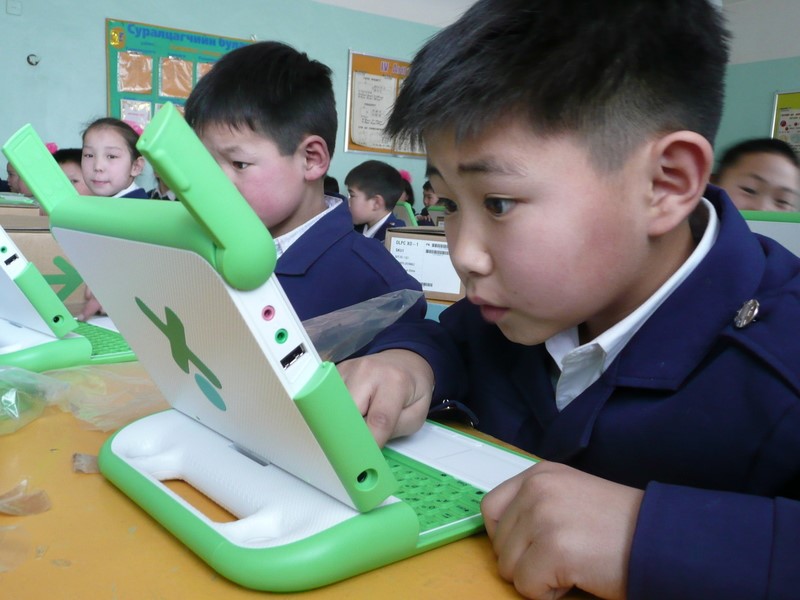
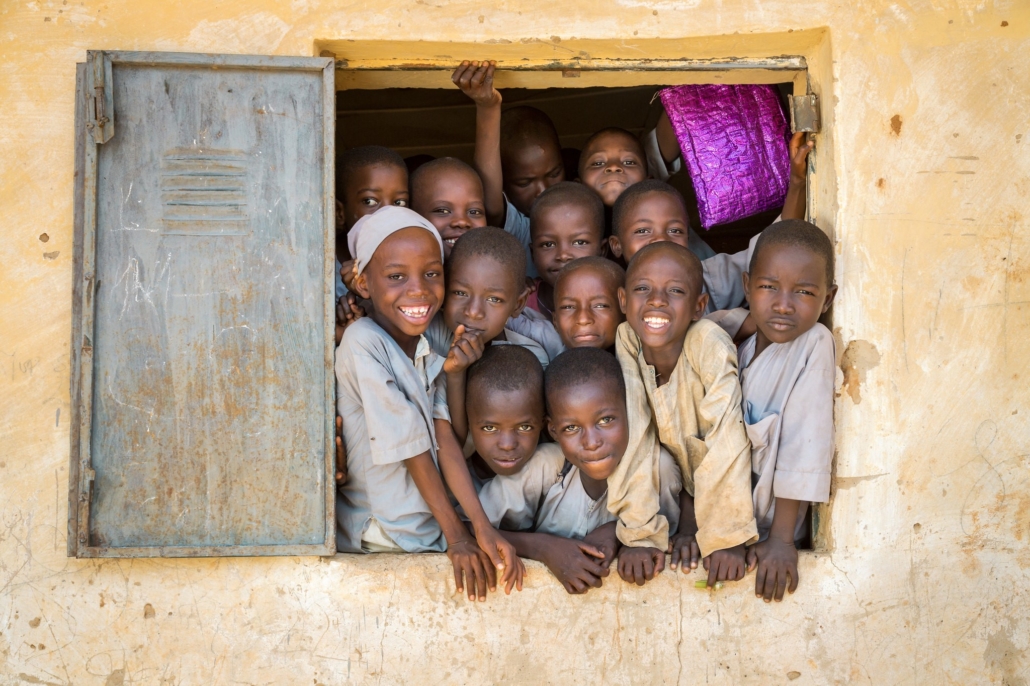

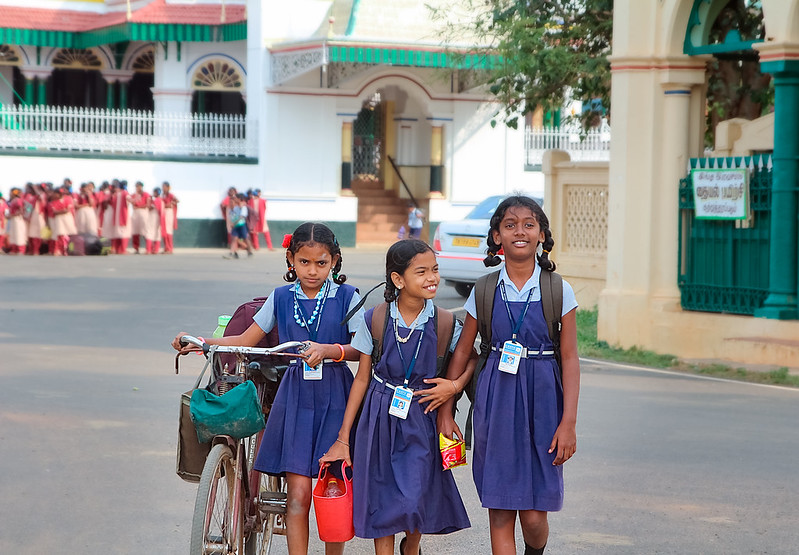 The 2021 Global Education Summit
The 2021 Global Education Summit  Education quality and learning outcomes are often key to explaining income differences across countries. In sub-Saharan Africa,
Education quality and learning outcomes are often key to explaining income differences across countries. In sub-Saharan Africa, 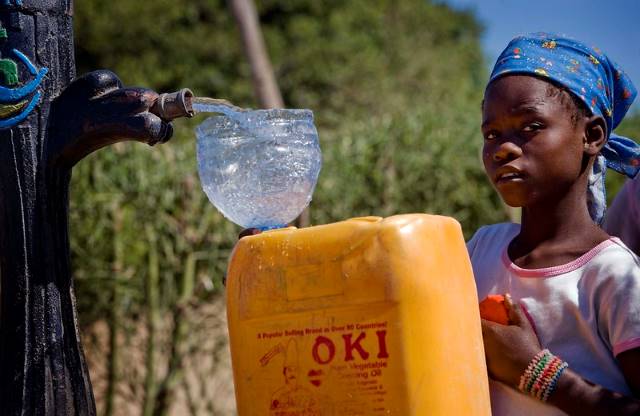 Mozambique is one of the most poverty-stricken countries in the world but it has made economic progress in the past three decades as its income per capita
Mozambique is one of the most poverty-stricken countries in the world but it has made economic progress in the past three decades as its income per capita Around 1.8 million children in South Sudan are not in school; the majority of children do manual work to provide for their families. This prevents millions of children, especially young girls, from receiving an adequate education. As the world’s youngest country, South Sudan struggles with many pressing issues, such as an
Around 1.8 million children in South Sudan are not in school; the majority of children do manual work to provide for their families. This prevents millions of children, especially young girls, from receiving an adequate education. As the world’s youngest country, South Sudan struggles with many pressing issues, such as an 